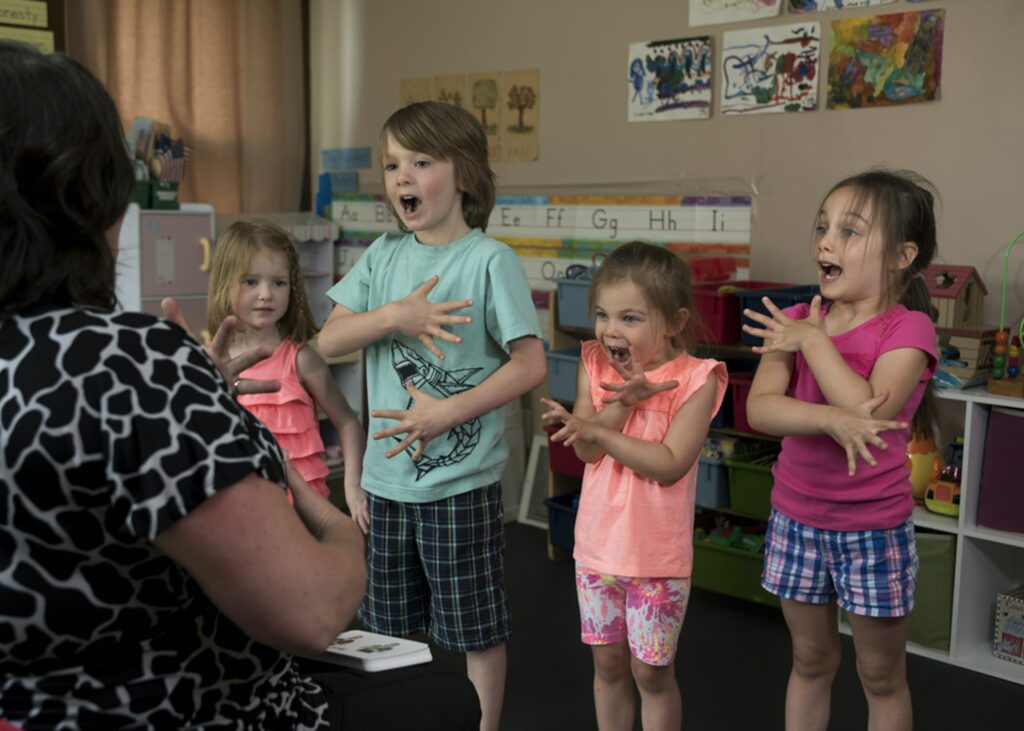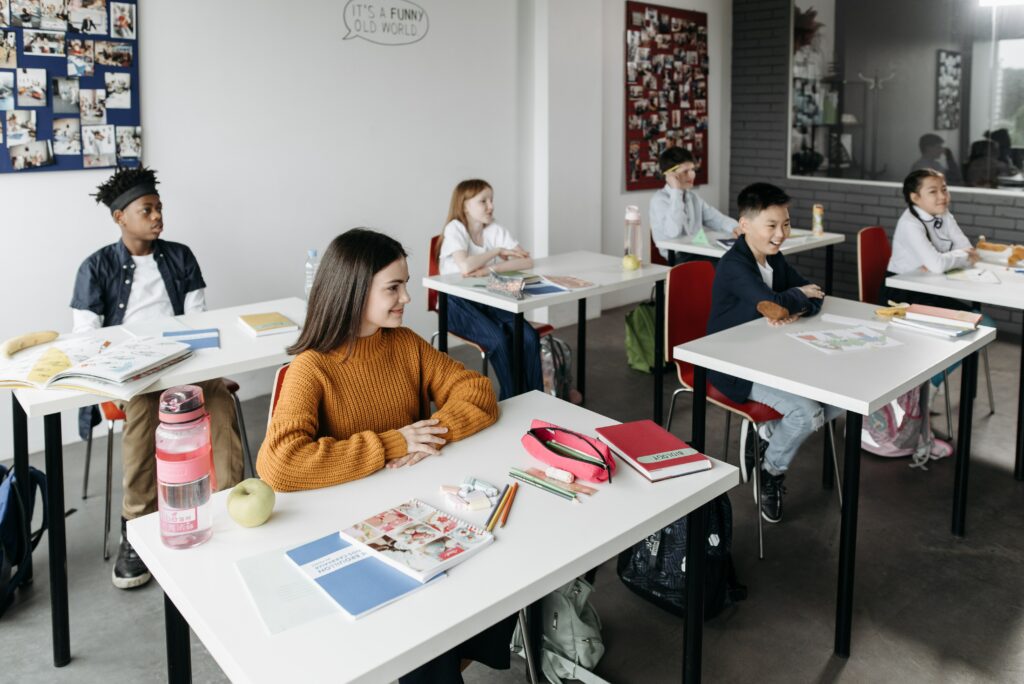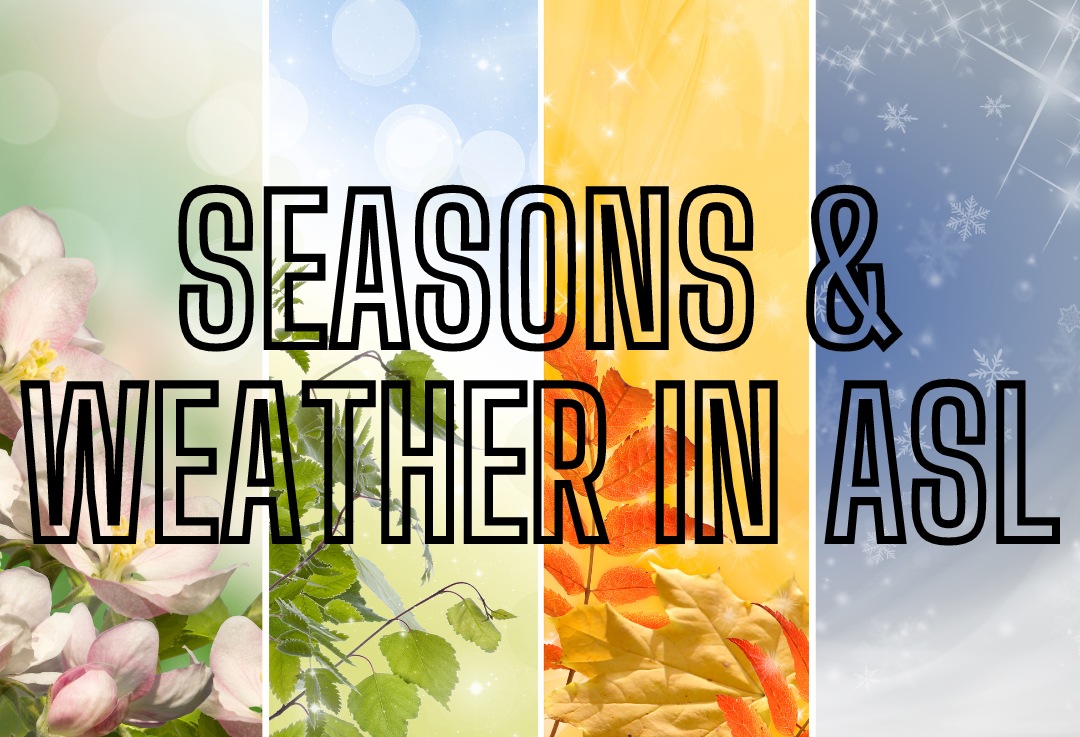International Week of the Deaf
The National Association of the Deaf
Before I jumped into the actual learning of ASL, I wanted to gain a little background knowledge on its history. While conducting my researching I came across the website for the National Association of the Deaf, and discovered it was actually International Week of the Deaf (The last week of September ‑Monday to Friday- and Sunday being International Day of the Deaf) — What a coincidence! It felt like the perfect way to start my learning journey.
The NAD’s objectives of this week are as follows:
- “Gain greater understanding of the American deaf and hard of hearing community and its culture and heritage.
- Learn about sign language as an essential human right and how it is growing in popularity across the United States.
- Find out about resources within your community, e.g., sign language classes.
- Discover ways to promote the human rights of deaf people and access to education and technologies.” (“International Week of the Deaf,” n.d.)
I explored this website for awhile, and found a variety of helpful resources (for the deaf community and also for myself). The website provided information and advice on so many different aspects of the deaf community; education, child intervention, government, housing, employment, transportation, and many more. Right off the bat I was absolutely affirmed in my belief of how important ASL can be in education settings, as the website states…
“For these children to truly benefit, we encourage people to become fluent and skilled users, teachers, and interpreters of ASL. Moreover, we welcome everyone to experience learning and using ASL. We believe that ASL is beneficial to all people, of all ages.”
(“American Sign Language,” n.d.)
The website also offered some really good advice on those who are learning sign language…
“ASL is a visual language. With signing, the brain processes linguistic information through the eyes, and facial expressions and body movements play an important part in conveying information. It is possible to sign without using facial expressions or body movements, but doing so may give a mixed message, be confusing, or be misunderstood. It will also look odd or unnatural to native signers.” (“Learning American Sign Language,” n.d.)

ASL in the School
Keeping the NAD in the back of my head, I felt ready to move my research to other sources. After hearing the praises of ASL in educational settings, I decided to address one of my initial questions; why isn’t ASL offered as a language of choice in the BC Curriculum? Turns out this was most likely the easiest question I could have asked. I searched American Sign Language on the website for the BC Curriculum to find out it absolutely is an option. Starting from grade 5 up until grade 12, students can choose ASL as a second language to learn in school.

Indigenous Sign Language in Canada
In my search for other variations of sign language, I came across an article on the University of Calgary’s website discussing what they reffered to as PSL. “Plains Sign Language (PSL), is still known by a few Dakota, Cree, Blackfoot, and others in Canada—some deaf, and others hearing, who use it to accompany their oral narratives.” (Indigenous Sign Languages in Canada, August 16, 2017.)
I decided to look further into this topic, and came across lots of over resources to check out. I landed on the CBC Original Voices site, where I learned Plains Sign Language was used for many occasions, “including hunting and trading partners with language barriers. It was also used during occasions where silence was preferred, such as in ceremony” (Plains Sign Language, n.d.).
Learning Sign Language
Most sources I’ve found recomend immersing yourself in a deaf community or taking ASL classes as the best method to learn American Sign Language. At the moment neither of these options are possible for me, so I have settled for the next best thing. I started searching Youtube for ASL lessons from a deaf creator. Shortly into my search, I found Dr. Bill Vicars, a professor at California State University who teaches Deaf Studies and ASL full time. Bill has a Youtube channel stocked full of online lessons, starting from the very beginning of the learning process. (His channel also features a “Dad Jokes in ASL” section which is my personal favourite.) In addition to his Youtube channel, I also found a website he created to test your ASL skills (https://asl.ms/) which I will be using once I start growing a little confidence.
My next step in my learning journey is to look into the new sources and information I found this week, and start working through Bill’s ASL online classes. Stay tuned!
CBC Original Voices. (n.d.) Plains Sign Language. https://www.cbc.ca/originalvoices/language/plains-sign-language/?maplang=plains-sign-language
National Association of the Deaf. (n.d.) American Sign Language. https://www.nad.org/resources/american-sign-language/
National Association of the Deaf. (n.d.). International Week of the Deaf. https://www.nad.org/resources/american-sign-language/international-week-of-the-deaf/
National Association of the Deaf. (n.d.) Learning American Sign Language. https://www.nad.org/resources/american-sign-language/learning-american-sign-language/
University of Calgary. (August 16, 2017) Indigenous Sign Languages in Canada. https://www.ucalgary.ca/people/darin-flynn/indigenous-sign-languages-in-Canada


